Blogs from the Field
A healthy future for wildlife, people, and planet.
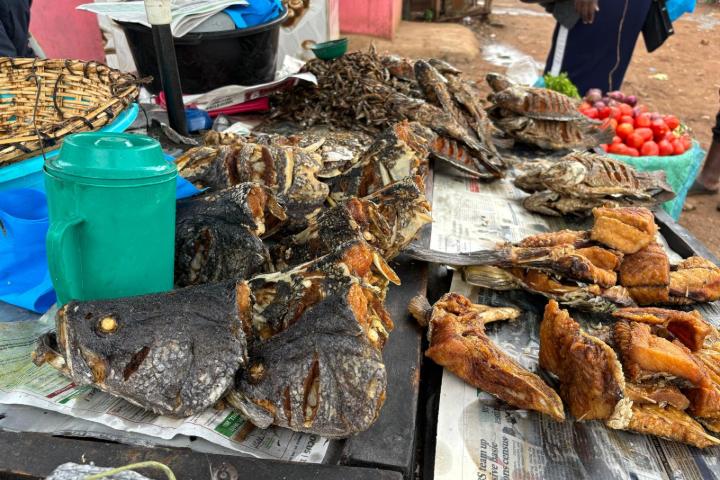
November 14, 2025
by
Rodman Getchell
Compassion is not just a feeling; it's a call to action. It motivates individuals to actively seek ways to help and make a difference in the lives of others....
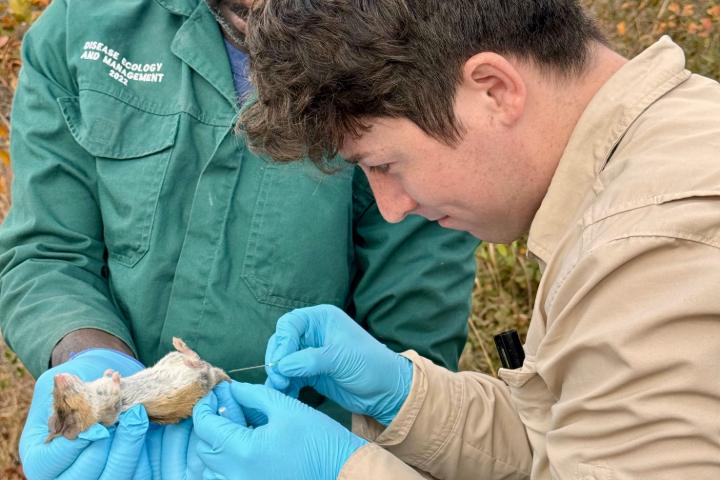
October 15, 2025
I had the opportunity to spend two months in the middle of Kruger National Park (KNP) in collaboration with the Organization for Tropical Studies (OTS)...
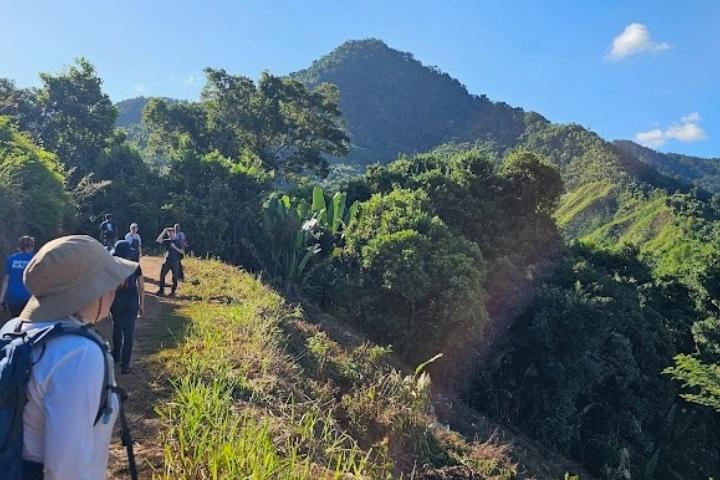
June 05, 2025
As a young child, an eager zoo camper, and later a teen volunteer at the Maryland Zoo in my hometown of Baltimore, I was always drawn to the lemurs in the zoo’s collection...
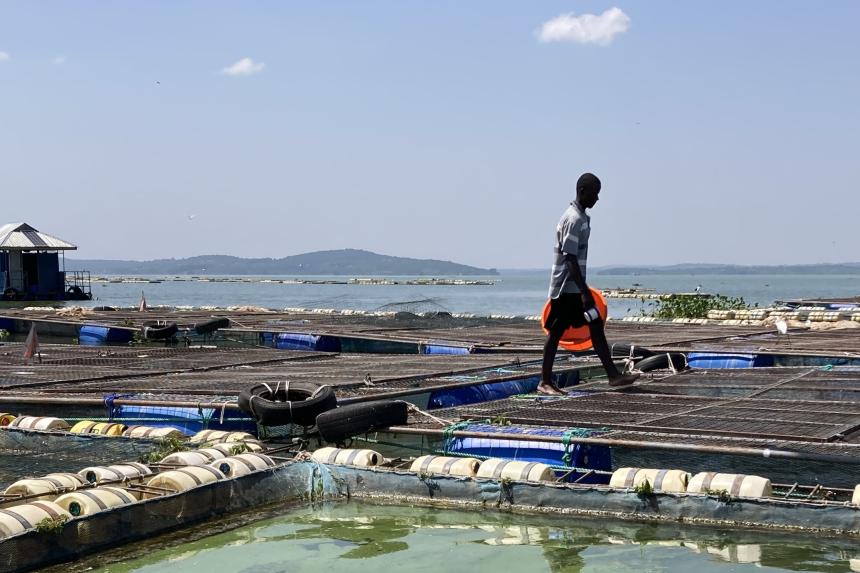
March 28, 2025
by
Rodman Getchell
I joined my colleagues at the Cornell University College of Veterinary Medicine (CVM), Dr. Kathryn Fiorella, and her PhD student, veterinarian Eric Teplitz, who have been working to examine interactions among environmental change, livelihoods, food systems, and nutritional security....
February 06, 2025
In the Kasongoire Forest of western Uganda, nearly 60 chimpanzees build nests and nap in Ficus trees; playful infants jump energetically from hanging vines, while young males sit in circles to groom each other. When you are deep in the forest observing the chimps, it is easy to forget that this forest is only a fraction of its former size....
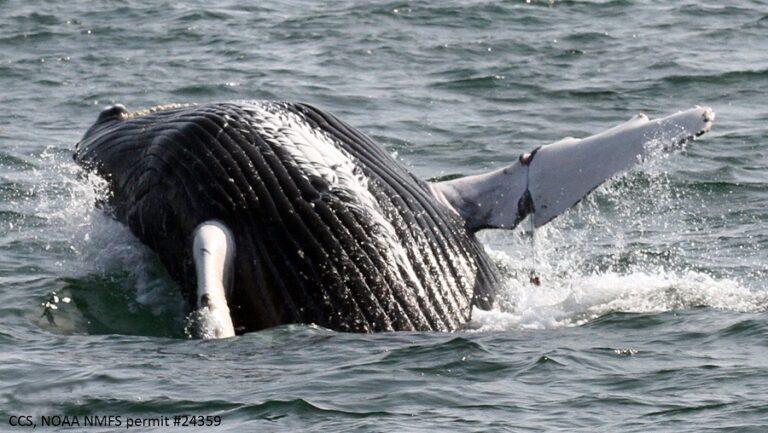
November 08, 2023
For my last summer before clinical rotations, I wanted to gain experience with marine animals. I was accepted as an intern with the International Fund for Animal Welfare (IFAW) Marine Mammal Rescue & Research (MMRR) program in Cape Cod, Massachusetts, a unique geographical area where tides and coastlines can suddenly trap a dolphin or whale in inches of water....
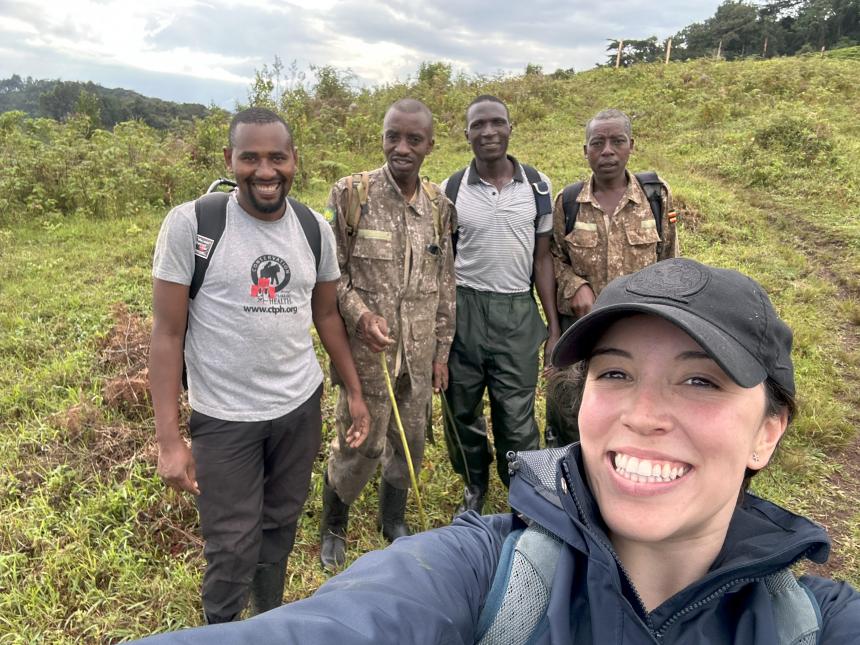
August 23, 2023
Working with primates is something I had avoided for a while. Most of my interest has been in southern Africa, with ungulates like giraffes, antelope, and pachyderms being my main focus. Yet I felt that, following the COVID-19 pandemic, learning more about wild primate health would be vital....
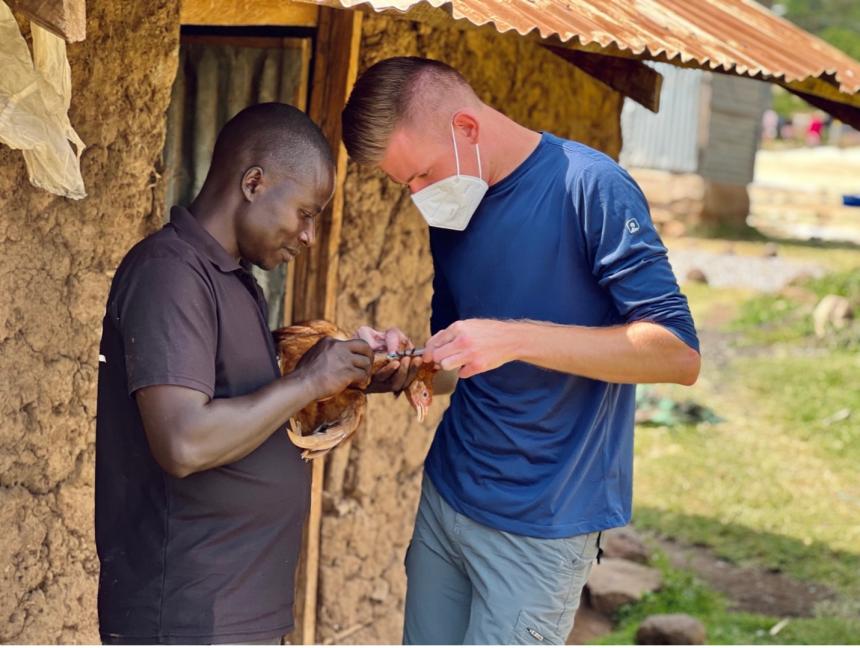
September 07, 2022
Poultry health, harmful algal blooms, and Kenyan fishing communities—you might be wondering, how exactly are these concepts linked? Join me on the tale of my summer in Kenya, where I was exploring these topics....
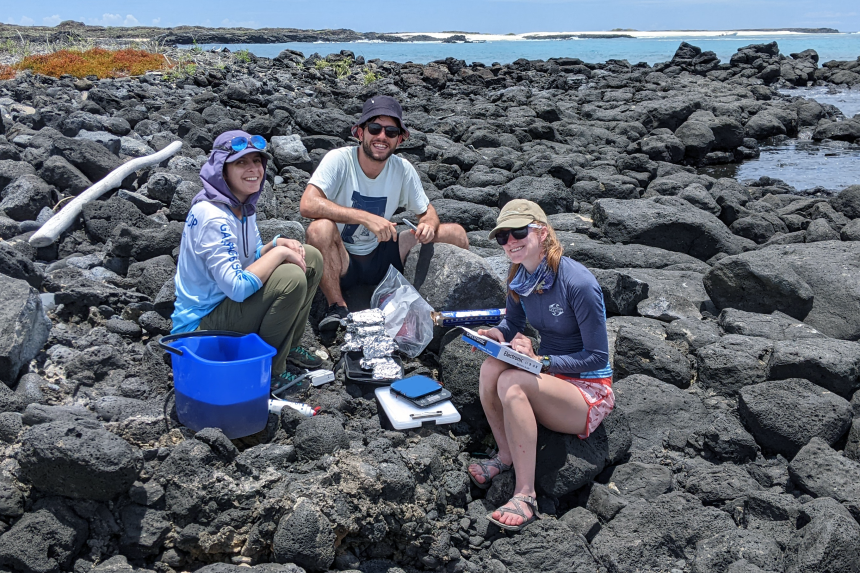
June 24, 2022
The equatorial sun is fierce and radiates off the field of lava rocks that make up the rugged shoreline. My co-investigators and I are swiftly processing twenty Sally Lightfoot crabs that were collected from the nearby rocks. For each crab we individually identify them, measure dimensions, obtain a body weight, perform a physical exam, and count a heart rate to assess their health....
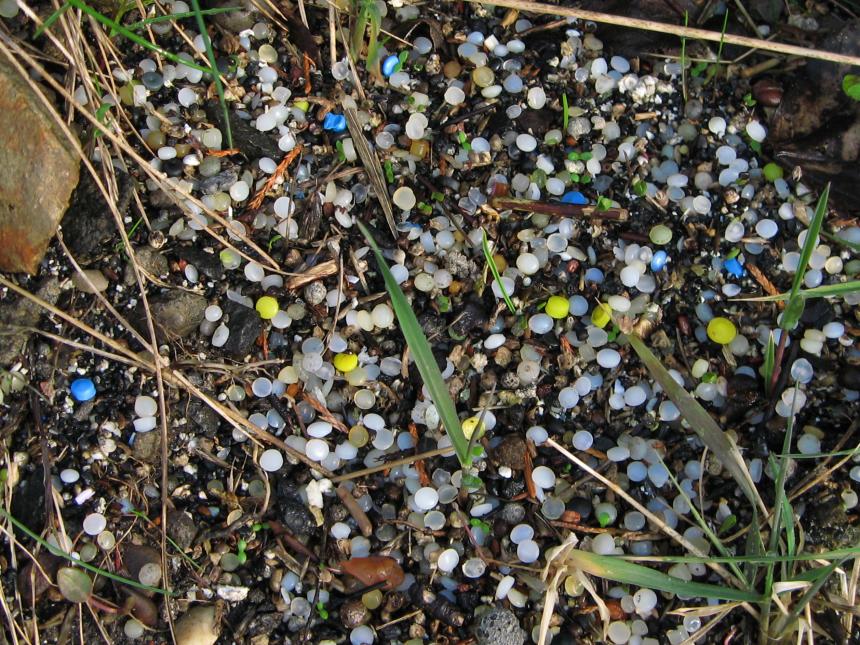
July 28, 2021
by
Karyn Bischoff (emeritus)
One word: nurdles. Nurdles are plastic pellets, approximately the size and shape of lentils or split peas. Nurdles are manufactured, and then shipped to companies across the planet to be made into other things — other plastic things....
